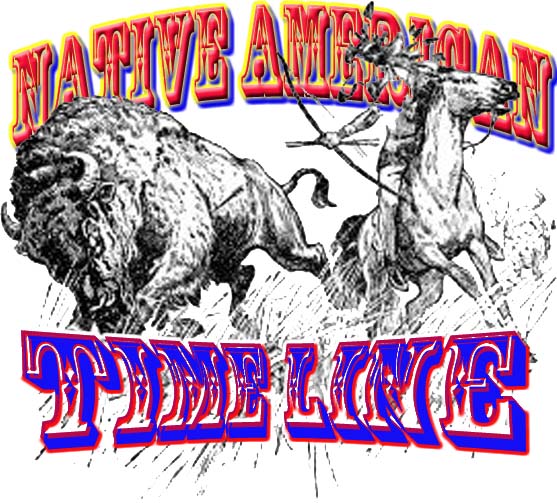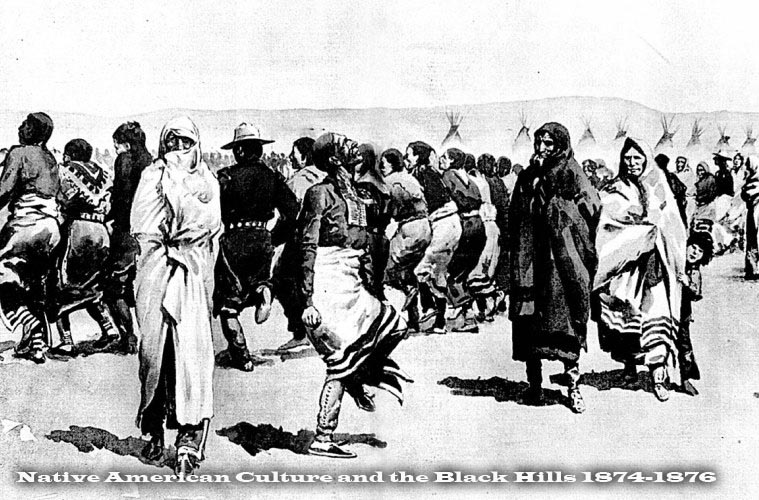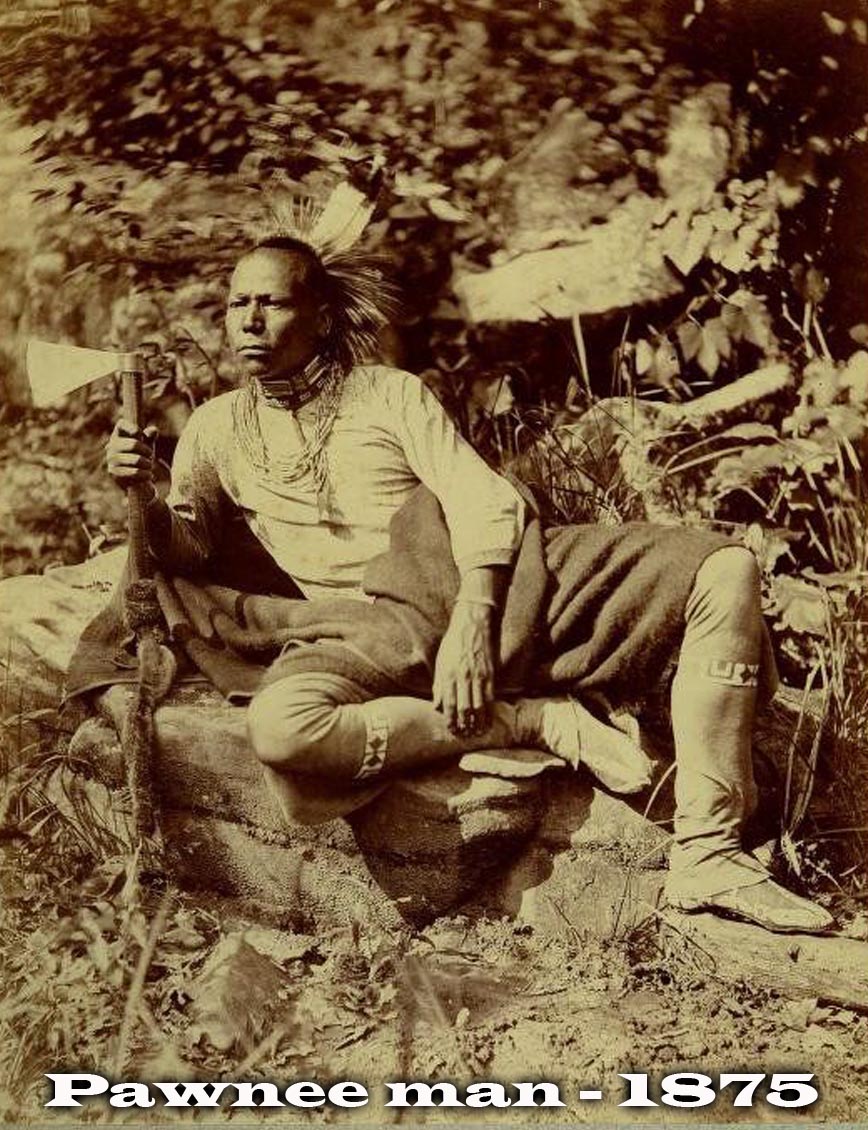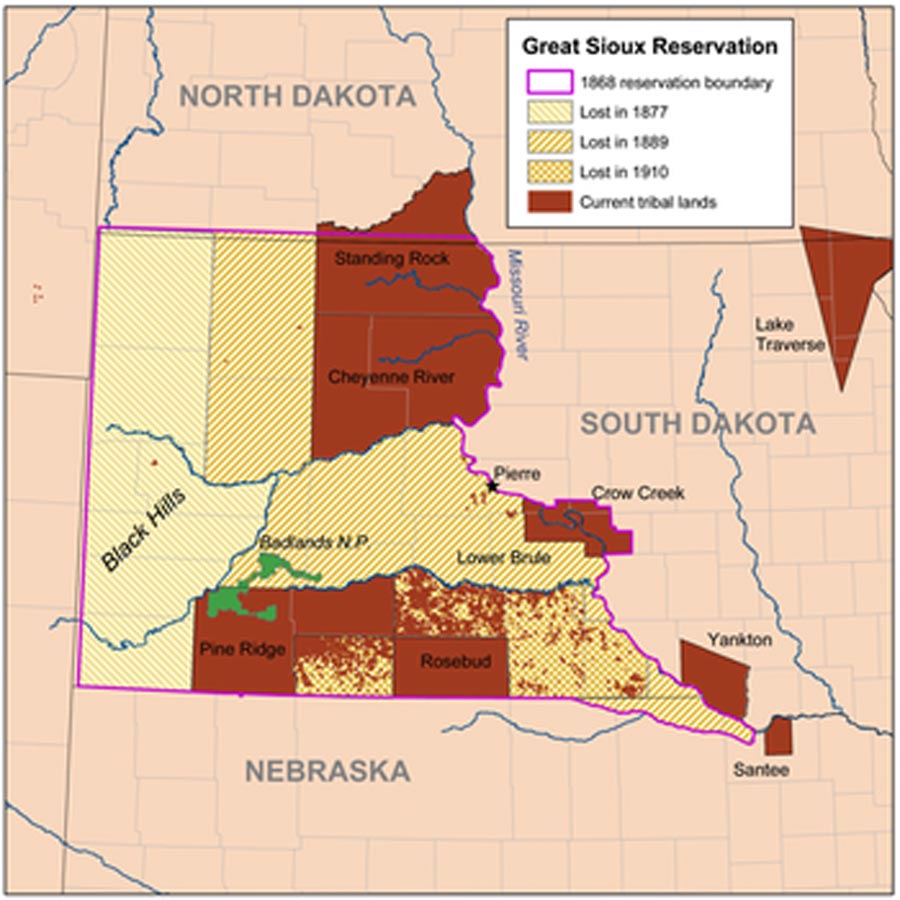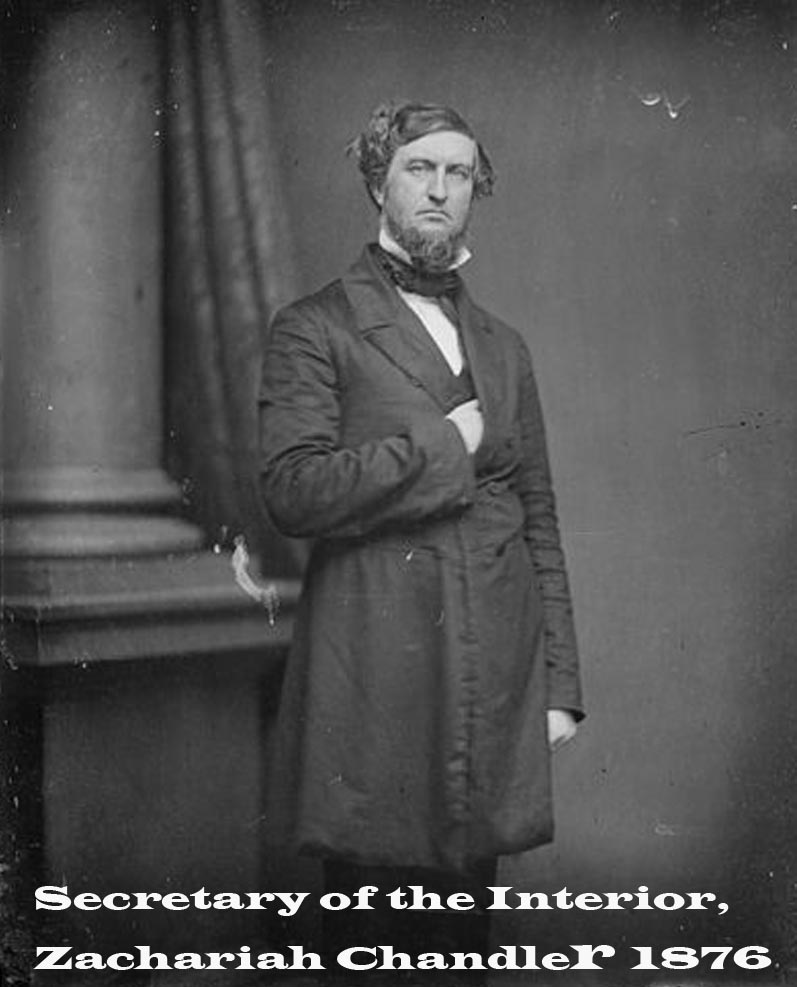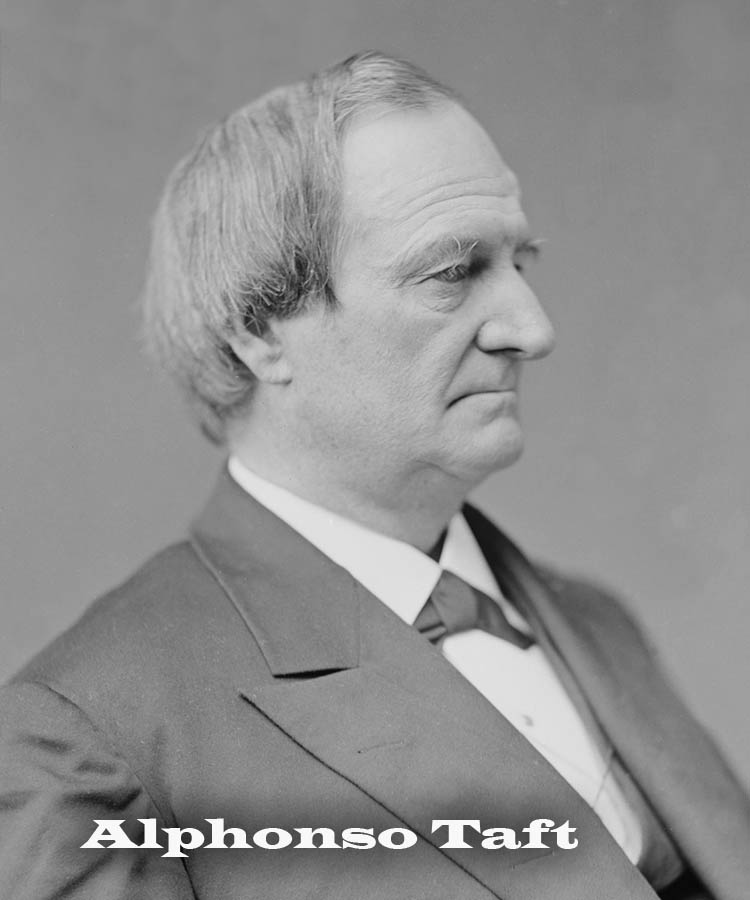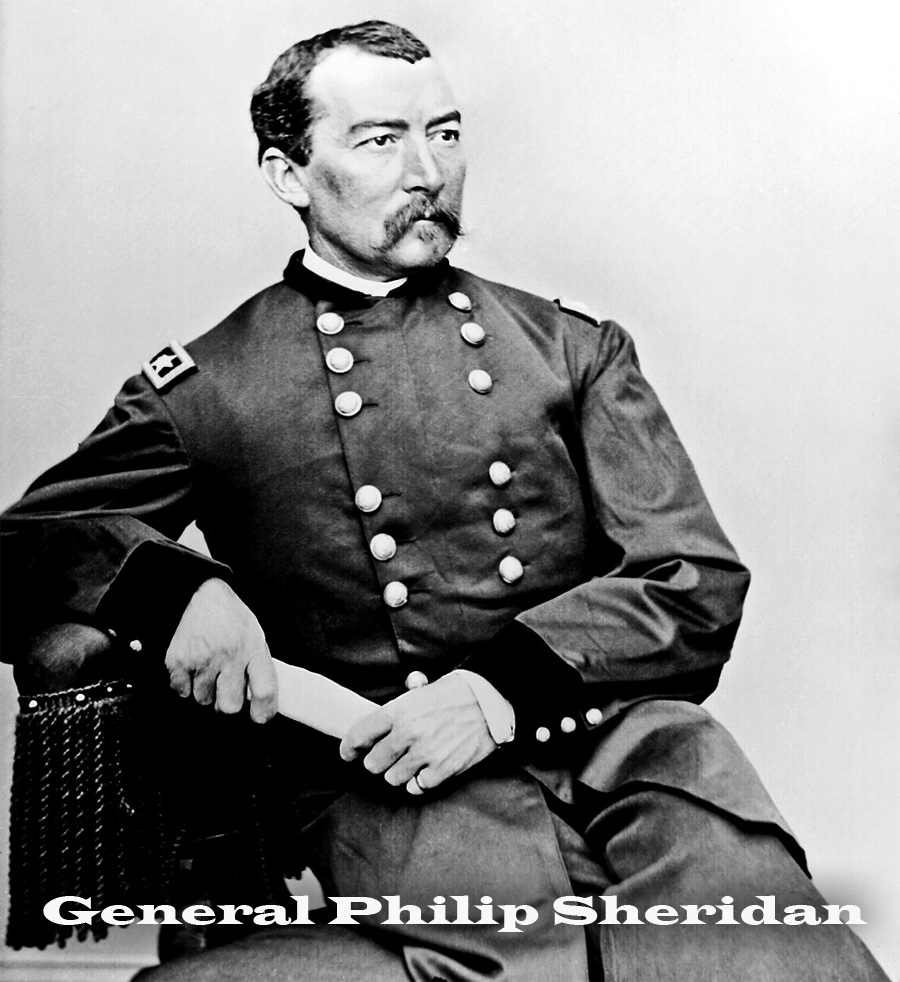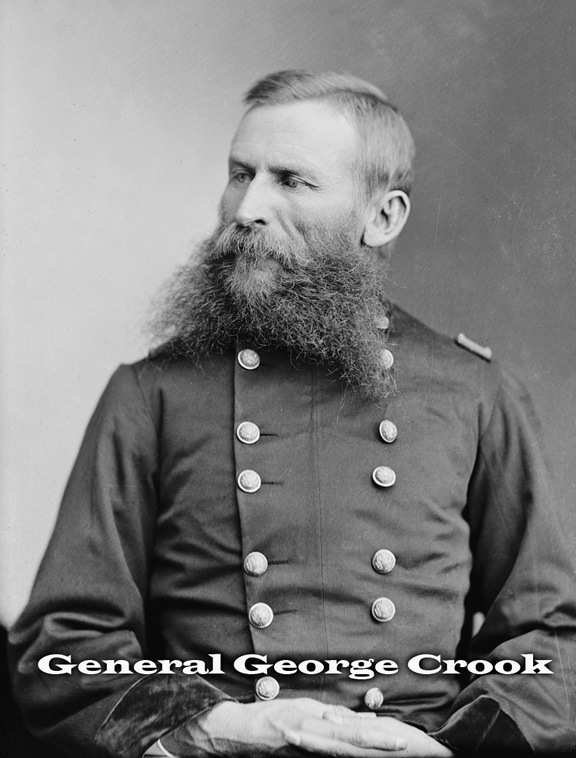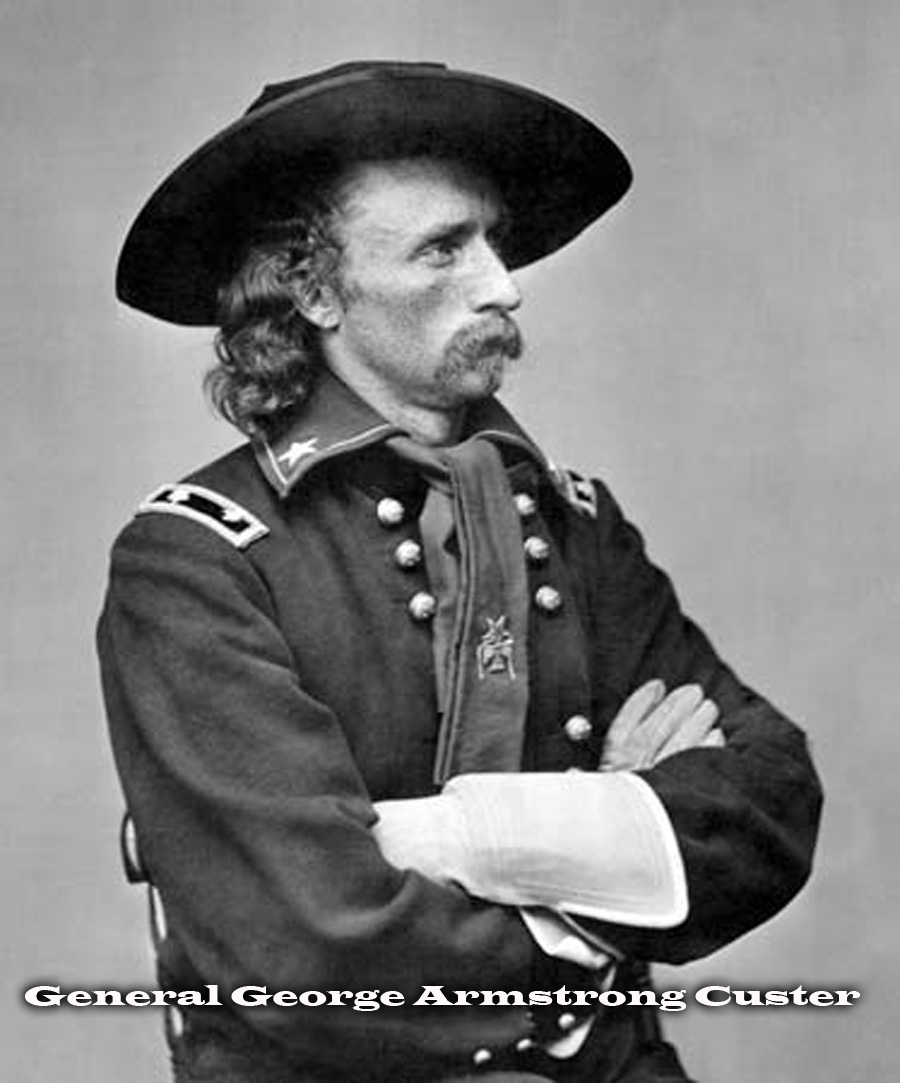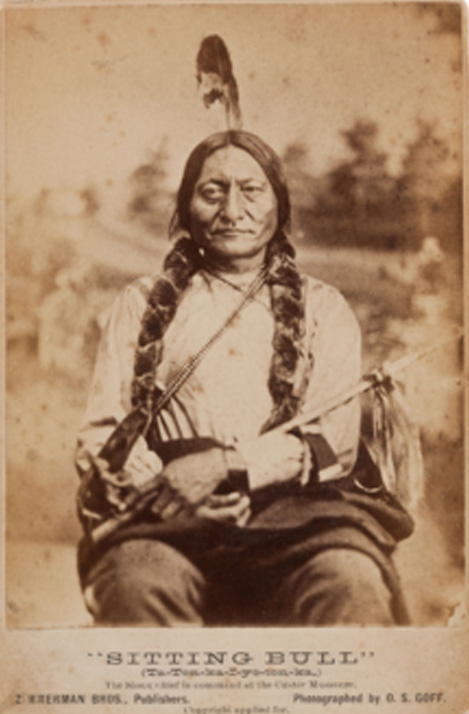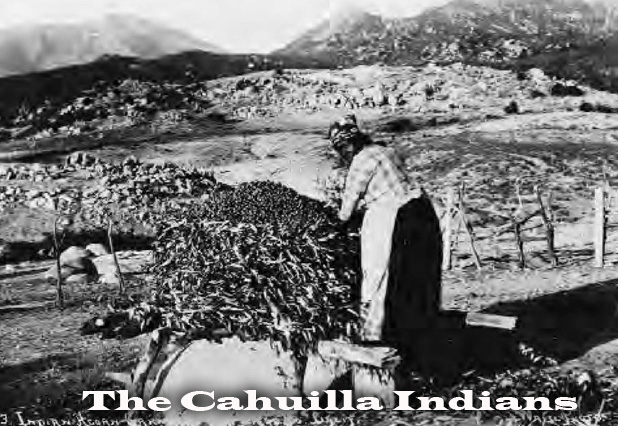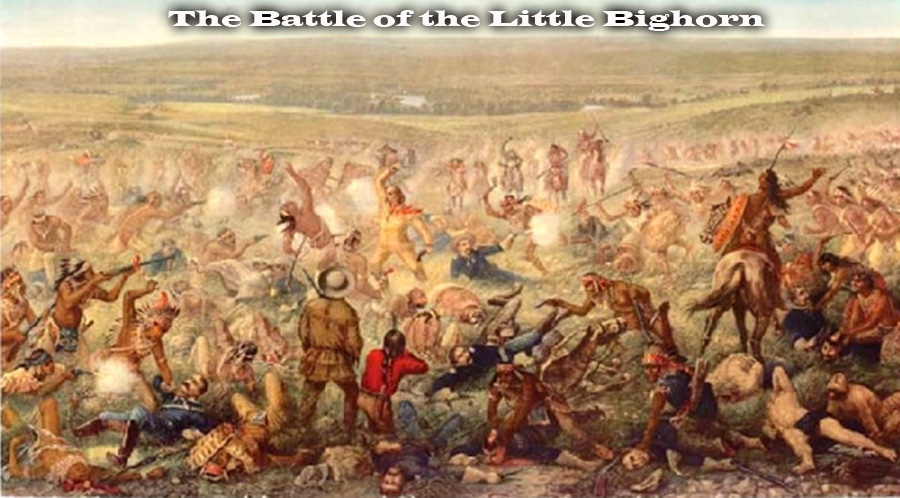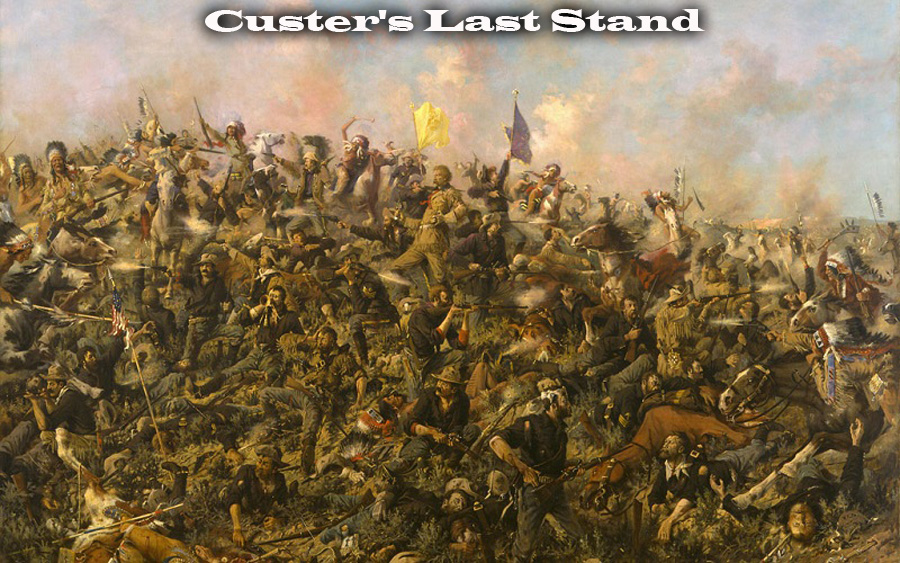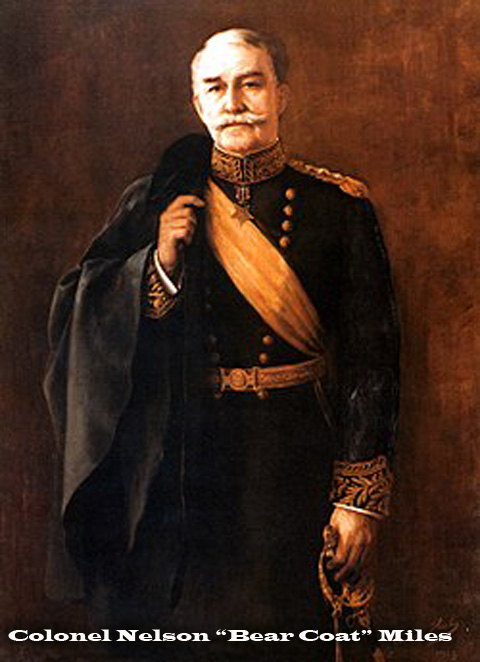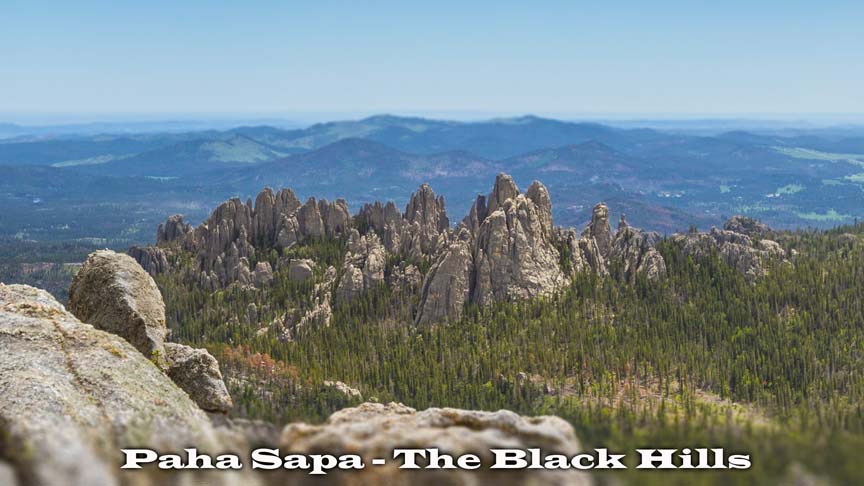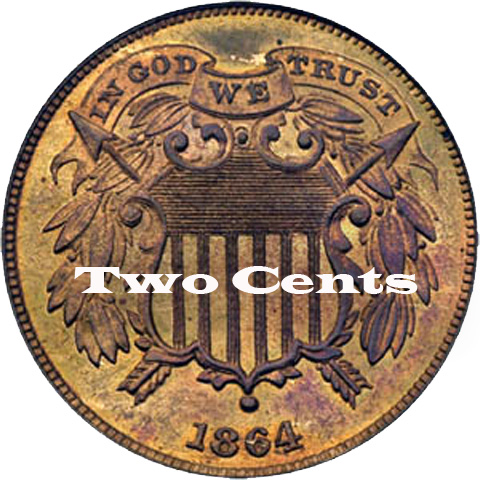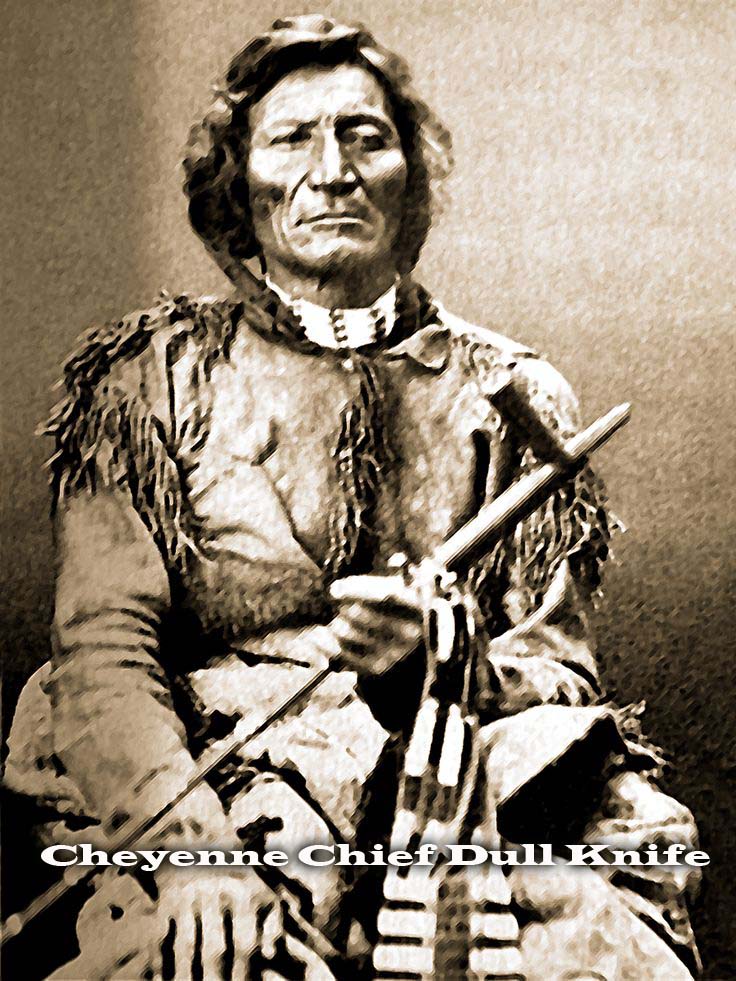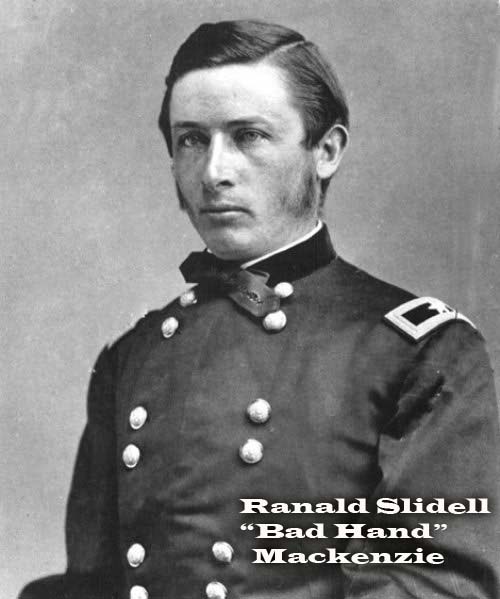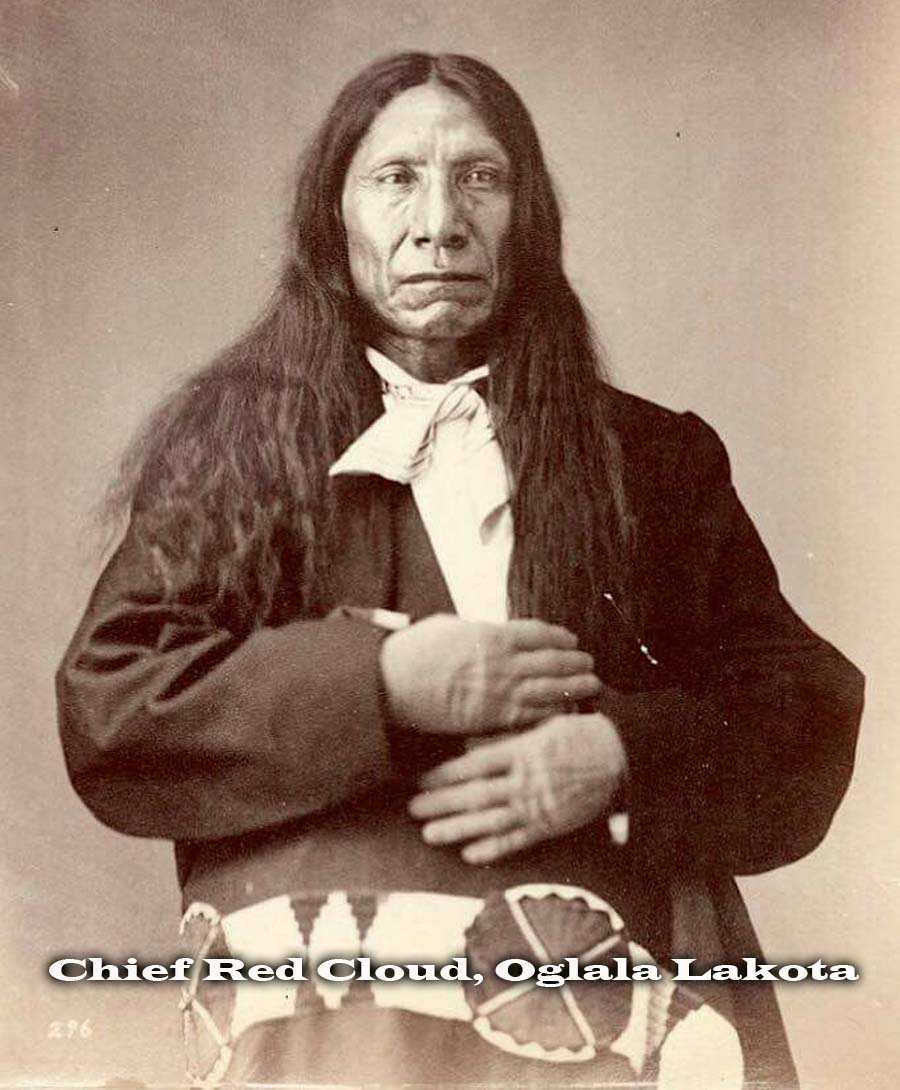1875
The Second Sioux War breaks out when the Sioux refuse to sell to the government their native homeland north of the Platte River, Paha Sapa, the Black Hills.
The government run Indian Bureau gave a report stating the Plains Indians who lived outside of the reservations were, “well-fed, lofty and independent in their attitudes and are therefore a threat to the reservations system.”
1876
During very vicious winter weather, the U.S. government makes the proclamation, “all Sioux Indians that are not residing on the Great Sioux Reservation by January 31. will be considered hostile and appropriate action will be taken against them.” The Sioux did not hear of the requirement until the weather cleared and the deadline had passed.
The Secretary of the Interior, Zachariah Chandler notified the Secretary Of War, Alphonso Taft, “the deadline had passed on the hostiles” and it was now left up to the U.S. Army to remove by force if necessary the Cheyenne and Sioux Indians that refuse to leave their villages and report the U.S. Indian agencies.
Alphonso Taft of the War Department gave the orders to General Philip Sheridan to, “commence the operations against the hostiles” and this included Crazy Horse and Sitting Bull tribes.
The Cheyenne and Sioux tribes camping on the Powder River were forced from their lodges by General George Crook and his advancing column who thought it was the hide-out of Lakota warrior chief Crazy horse. Many Indian people were killed, their lodges and winter food supplies were destroyed by fire set by the army.
Lakota Sioux Indian families are forced to move from their villages to designated reservations by the Seventh Cavalry led by George Armstrong Custer from Michigan.
Sitting Bull gathers together all the tribes of the northern plains Indians into the largest assembly of organized Native American peoples in their history.
The Cahuilla Indians are constantly moved because the Southern Pacific Railroad claimed their water right and eventually by an executive order from President Ulyssis S. Grant they were moved to the Cabazon reservation.
Thousands of Cheyenne and Sioux Indians, outraged over the intrusion of whites into their sacred lands in the Black Hills, gathered at the Little Bighorn. General Custer ignored warnings of a massive Sioux army, and he led 250 soldiers in an attack on warriors of Sitting Bull and Crazy Horse. Custer and his men are wiped out in a mater of moments by overwhelming forces in the Battle of the Little Bighorn.
The New York Times calls Native American people “red devils” for the massacre of Custer and the Seventh Cavalry. For the next two years the federal government tracked down the Lakota people killing them where they found them and forcibly placing most onto reservations.
The fight against Red Cloud and Spotted Tail on the Yellowstone River is under the command of Colonel Nelson “Bear Coat” Miles.
Red Cloud and Spotted Tail give up their rights to their tribal homeland of Paha Sapa and bow to the demands of The Many penny Commission, “give up or starve.”
Chief Dull Knife was not at the Battle of the Little Bighorn yet General Ronald “Bad Hand” Mackenzie commanding U.S. troops burned his village to the ground in retaliation for the battle.
The great Sioux War Chief Makhipiya-Luta or Chief Red Cloud in English was quoted saying, “I am poor and naked, but I am the chief of the nation. We do not want riches, but we do want to train our children right. Riches would do us no good. We could not take them with us to the other world. We do not want riches. We want peace and love.”
>>to return to previous page – right click on back arrow <<
Word count: 614
